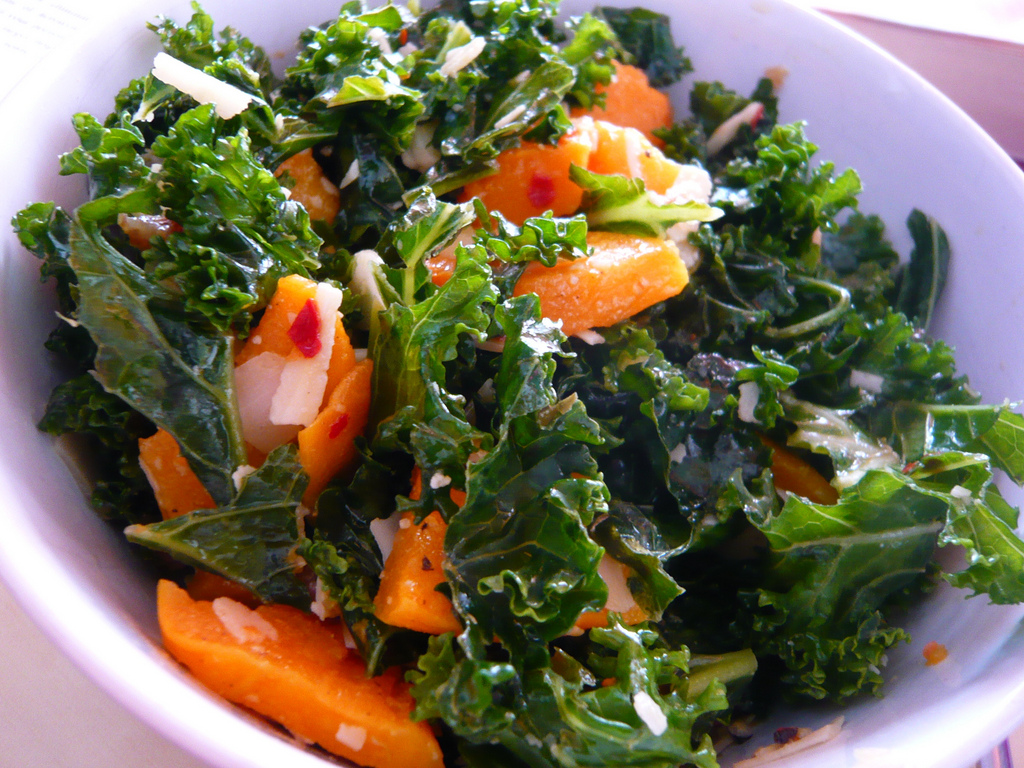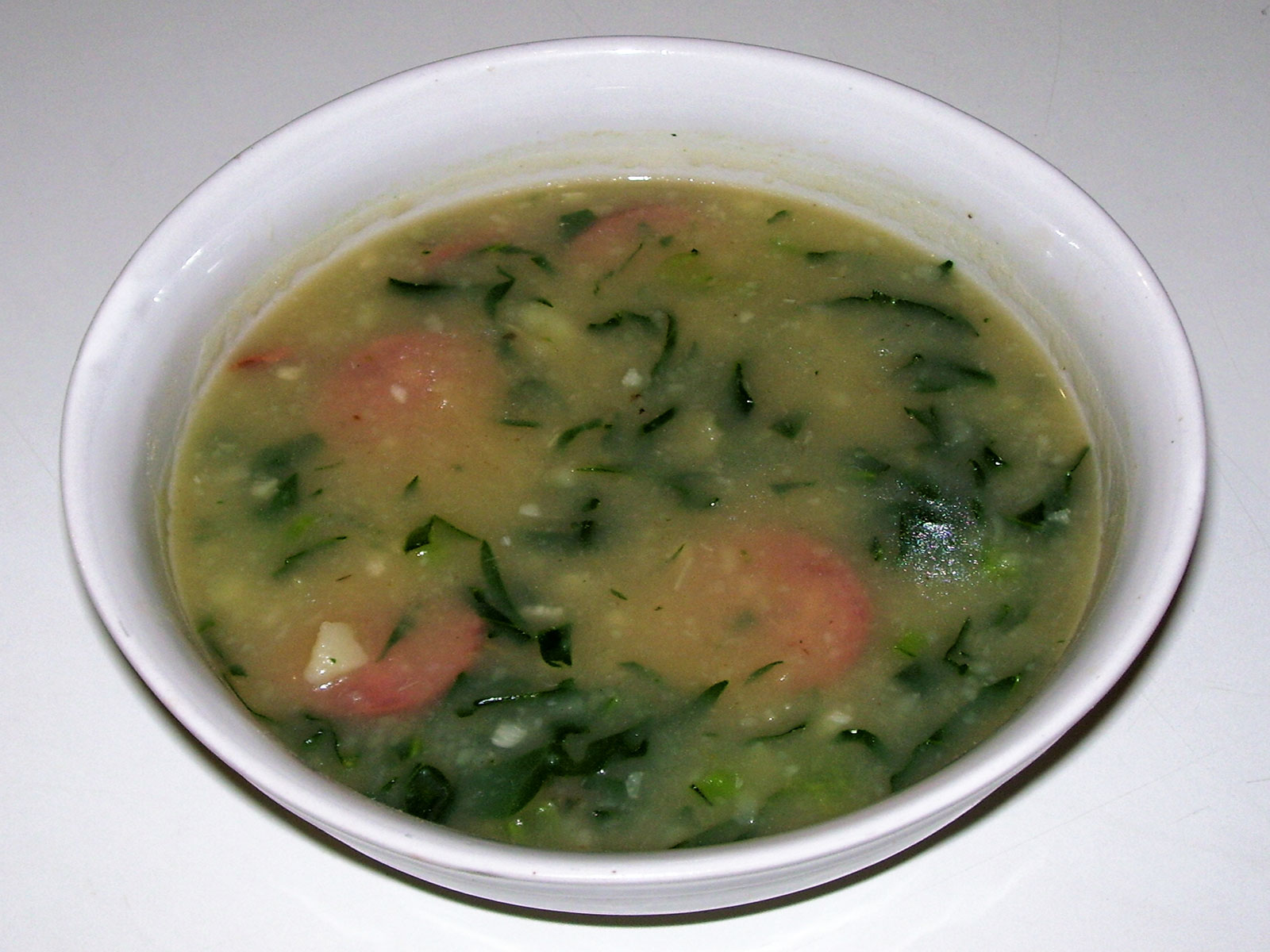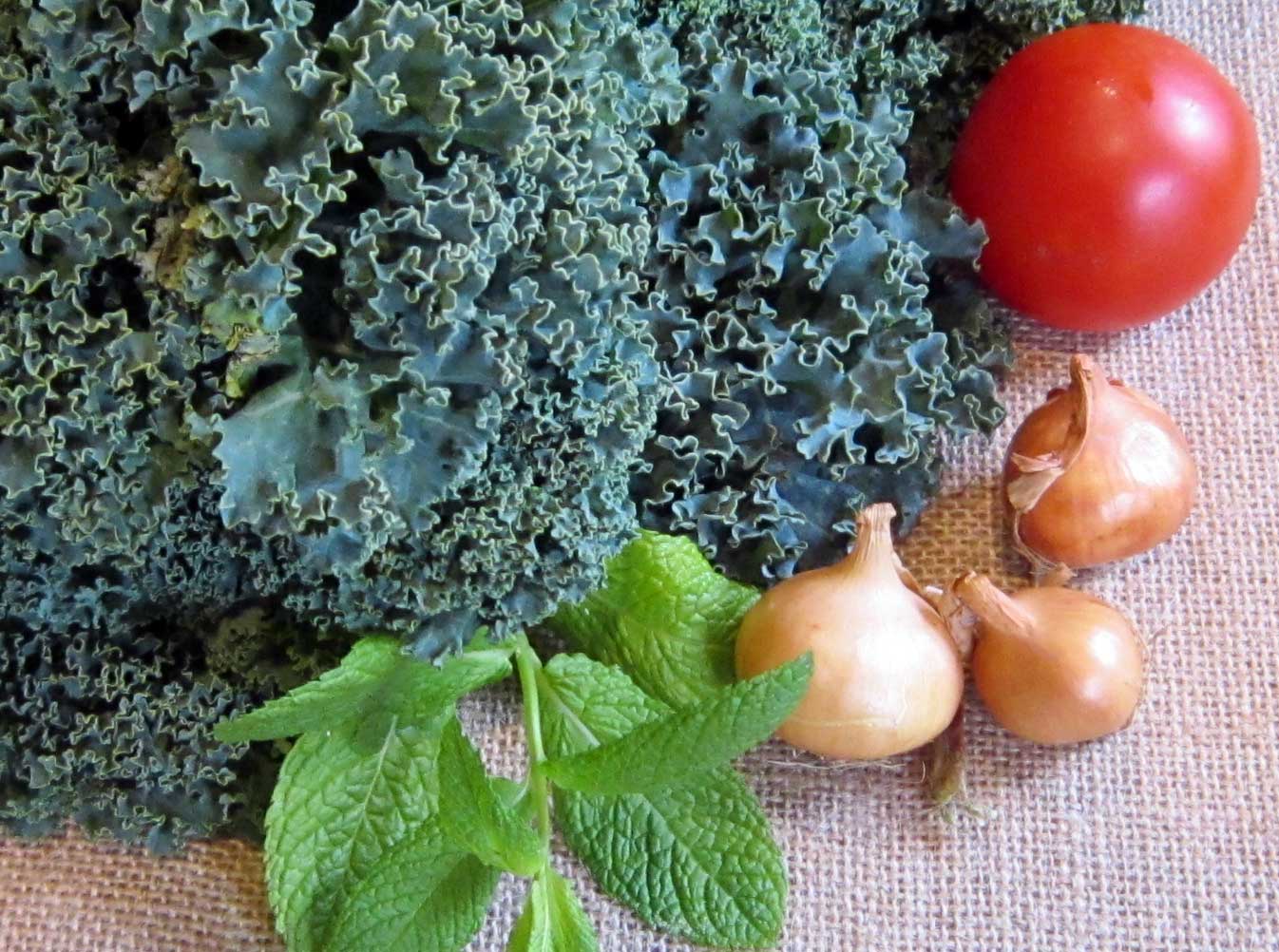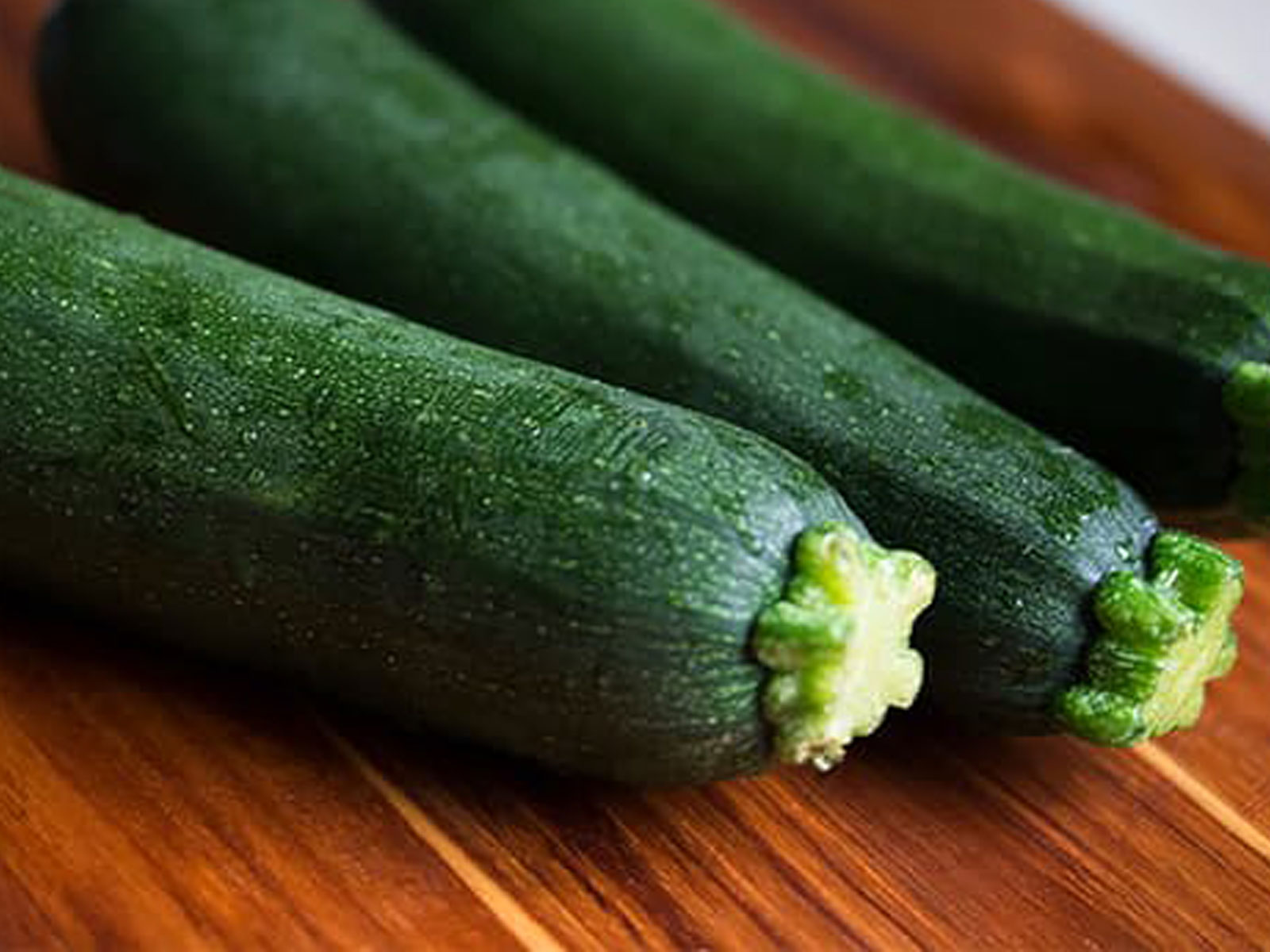Dried Collard Greens Info
| Fresh Weight | 100 Grams |
| Dried Weight | 6.5 Grams |
| Daily Portion (Dried) | 5 Grams |
| Daily Portion (Powder) | 4 Level teaspoons |
| Prep Time | 20 minutes |
| Drying Time | 6-8 hours |
| Drying Temperature | 115 |
| Health Benefits | Cancer, osteoporosis, digestion, sleep disorders |
| Season | October to May |
How to use Dried Collard Greens
- Make Green powder which can be added to most dishes yet be hardly noticeable, so it is a good way to add extra nutrition to your family’s diet.
- Dry whole leaves and use for food wraps
- Add to fresh salad to increase nutritional content
- Add to dehydrated ready meals
Varieties
Collard greens belong to the Brassicaceae family, which includes cabbage, broccoli and kale. They contain a compound called phenylthiocarbamide, which is responsible for the bitter taste that some people experience when they eat Collard greens. Certain human genes determine who can taste this bitterness, usually estimated at about 30% of the population.
Collard greens are similar to kale, both of which grow into a loose leaf headless forming cabbage, with broad green leaves that are marked with thick stems and white veins. The sweetest most tender Collard greens become available in late winter to early spring.


Nutritional Facts
Collard greens contain Omega-3 fatty acids and Vitamin K which have anti-inflammatory properties . They also contain antioxidants such as beta carotene, Vitamins C and E and glucosinolates. These ingredients are being studied for their abilities to prevent cancer as well as cardiovascular disease.
In addition Collard greens:
- Are very rich in Calcium as well as B vitamins
- Have the highest protein content of all cultivated vegetables
- Can lower your cholesterol more than any other crucifer, including kale, mustard greens, broccoli, and Brussels sprouts. (Apparently they have the ability to bind to bile acids in the digestive system, making it easier to expel these from the digestive system.)
According to recent research by including 1 ½ cups or more of vegetables such as collard greens in your diet two to three times a week you can greatly increase your nutritional intake.
Warning! The high organosulphur phytonutrient content can trigger the liver to produce enzymes that help to detoxify cancer-causing chemicals, but the downside is that if large quantities are eaten it can cause excessive gas to form in the intestine.
Dehydrating
Read the Dehydrating instructions for the basic gudelines on dehydrating.
In addition when drying collard greens here are a few tips:
- Discard leaves if they are damaged or wilted
- Drying time will depend on the thickness of the ribs and the initial dryness of the leaves. To cut down on the time required, dry well with paper towel after washing
- The leaves are ready when they feel like thin paper
- Dry leaves whole if you intend to use them as wraps, otherwise cut into narrow strips
To make collard green powder follow the basic guidelines for making Powders.


Storage
Storage instructions are the same as for other vegetables. Store in sealed containers in a dark area and add oxygen absorbers to help keep the contents dry.




